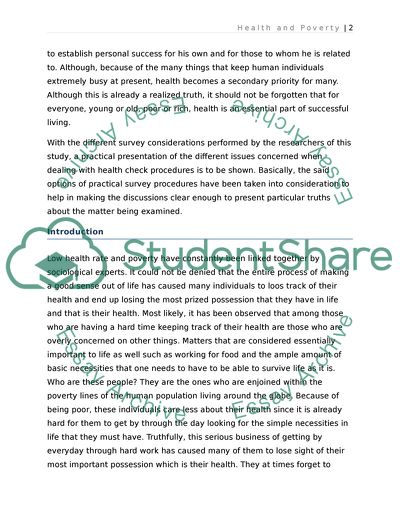Cite this document
(The Poverty Line and Health Issues among Poor People Research Proposal, n.d.)
The Poverty Line and Health Issues among Poor People Research Proposal. Retrieved from https://studentshare.org/health-sciences-medicine/1726489-research-project
The Poverty Line and Health Issues among Poor People Research Proposal. Retrieved from https://studentshare.org/health-sciences-medicine/1726489-research-project
(The Poverty Line and Health Issues Among Poor People Research Proposal)
The Poverty Line and Health Issues Among Poor People Research Proposal. https://studentshare.org/health-sciences-medicine/1726489-research-project.
The Poverty Line and Health Issues Among Poor People Research Proposal. https://studentshare.org/health-sciences-medicine/1726489-research-project.
“The Poverty Line and Health Issues Among Poor People Research Proposal”. https://studentshare.org/health-sciences-medicine/1726489-research-project.


